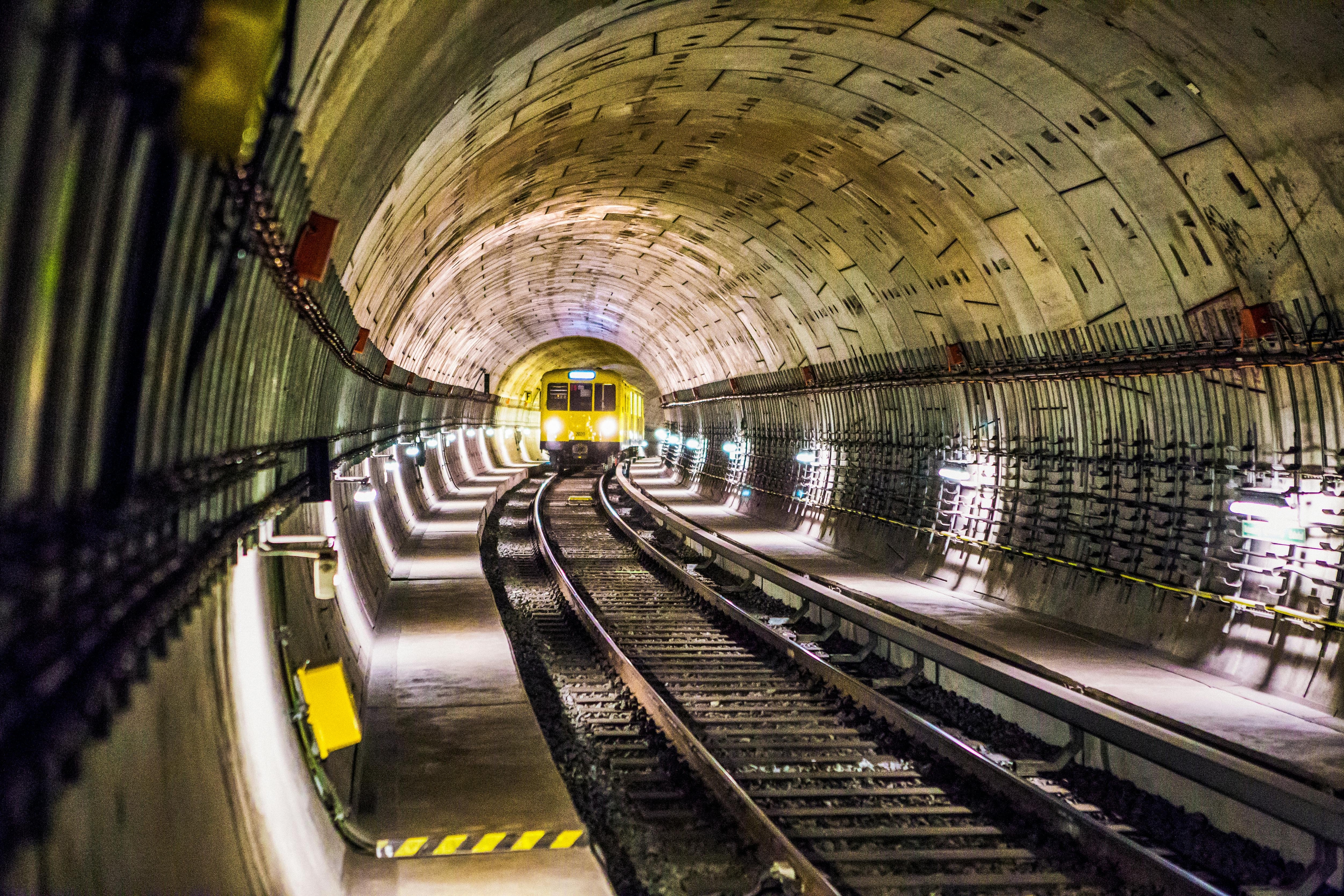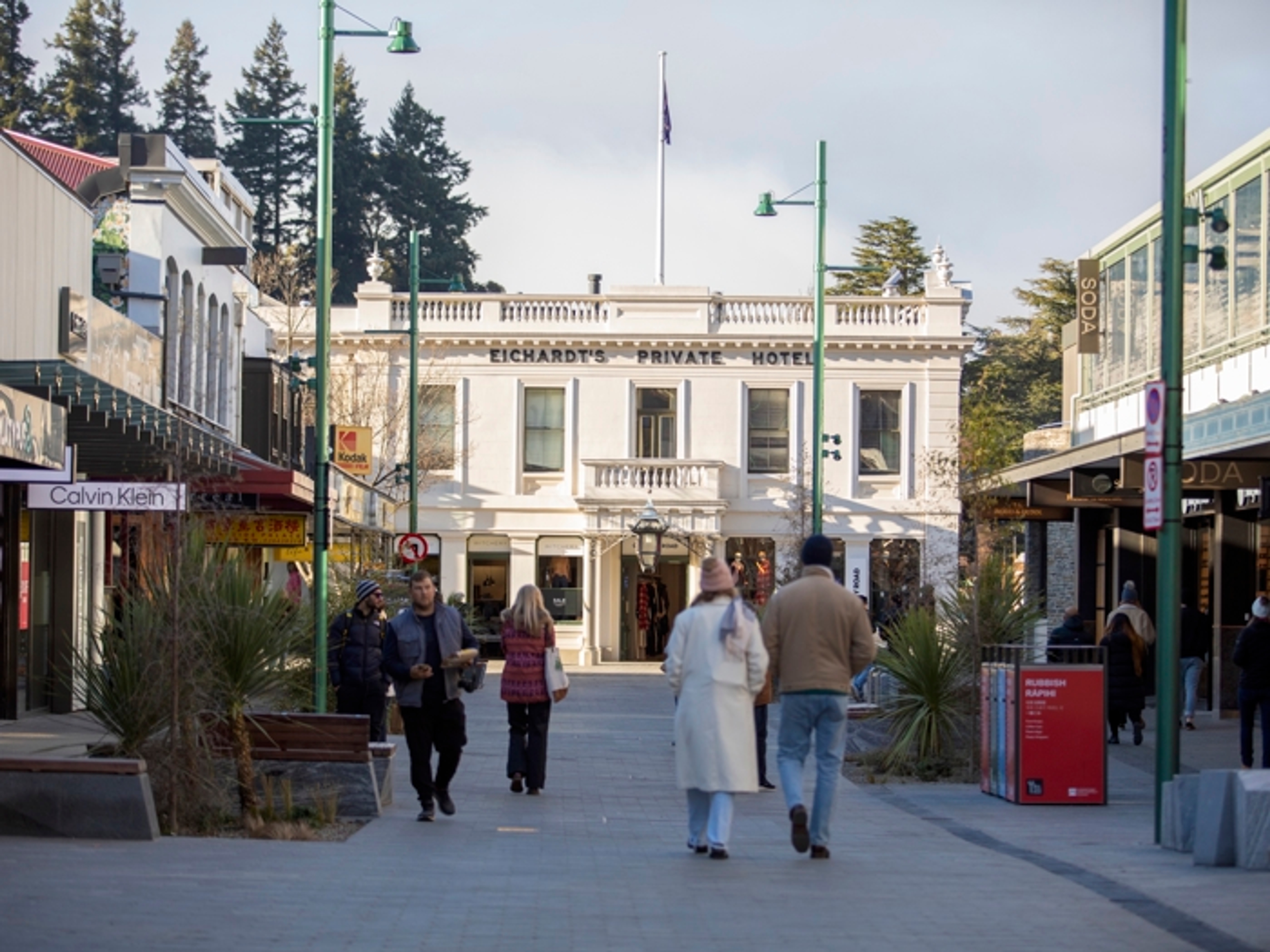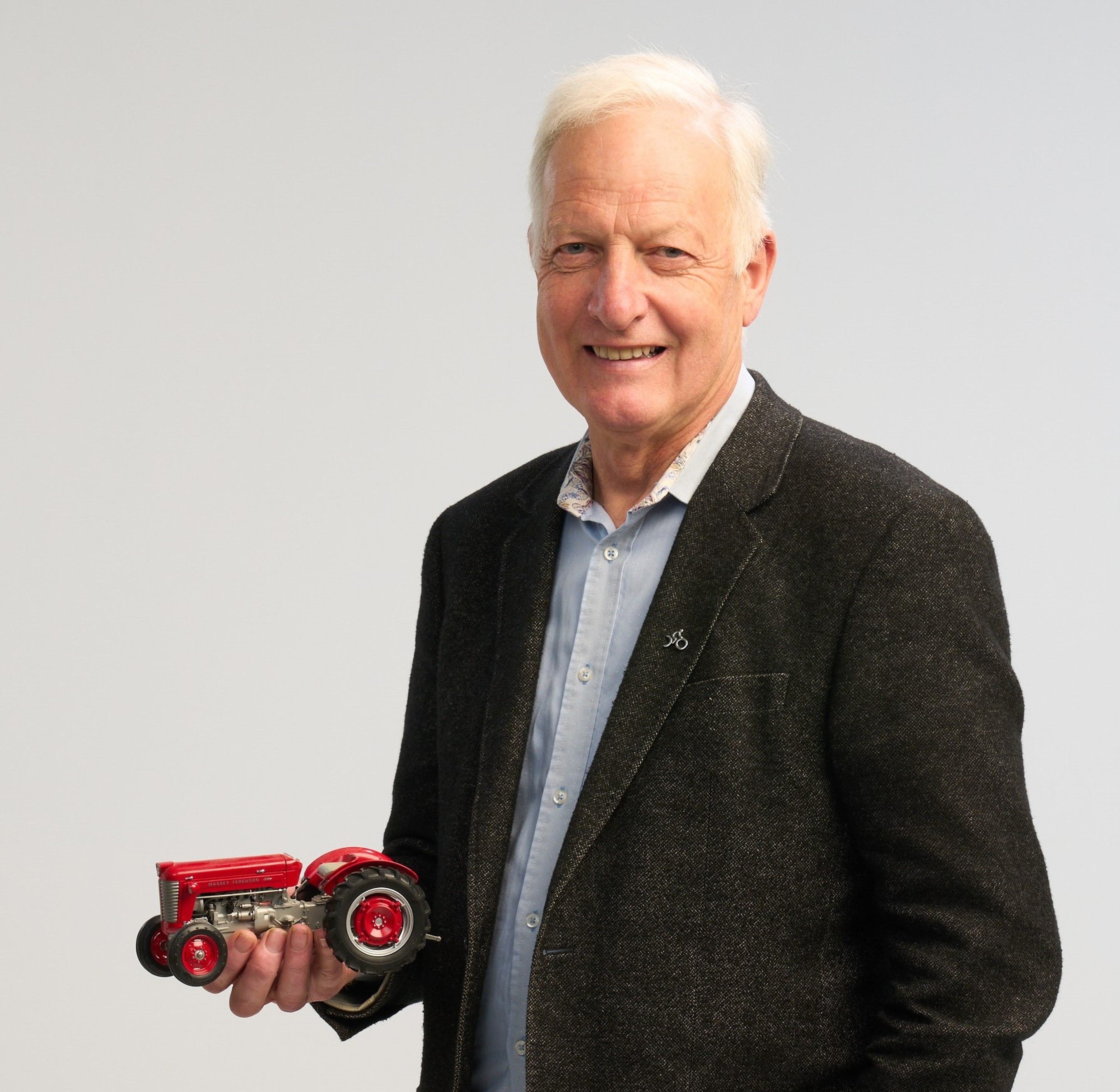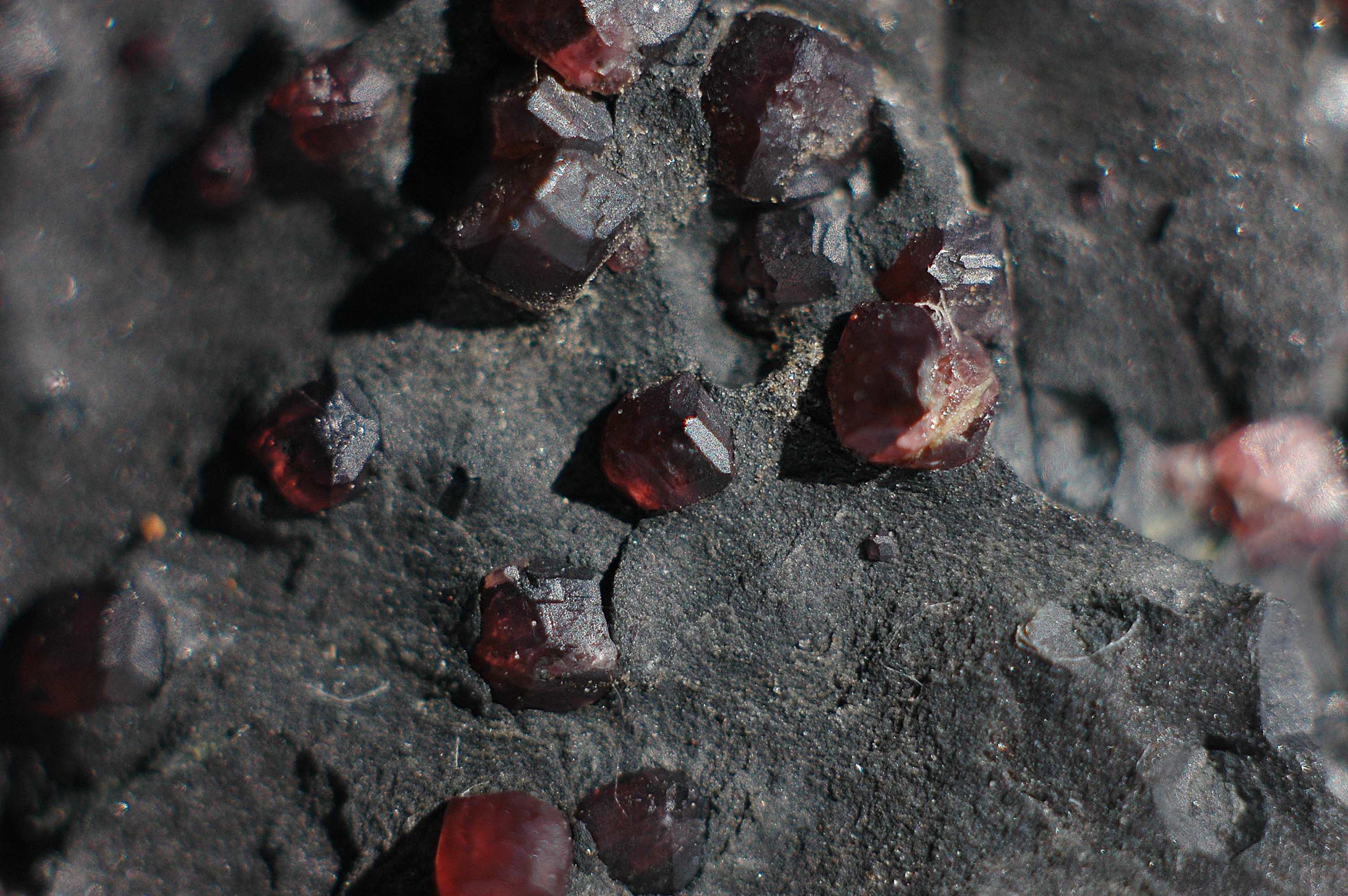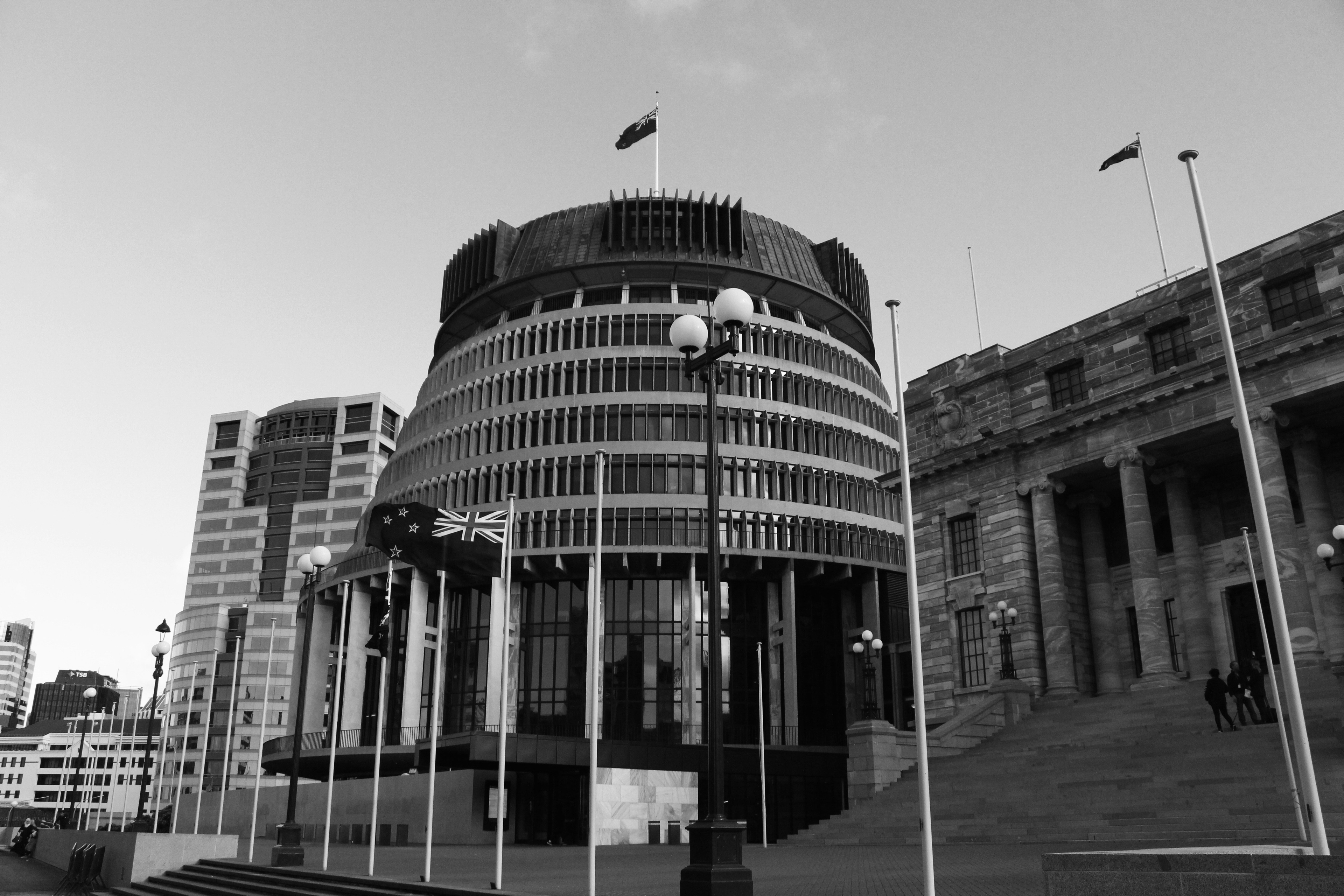Making construction work better for people and the planet


Rick Osborne
Convergence Partner Rick Osborne was in the news this week – co-authoring an article published in The Post, reproduced below. June 6, 2025. Rick is the chief executive of Metals NZ, while Tim Kleier is the Sustainability & Policy Director for Concrete NZ.
Making construction work better for people and the planet
Rick Osborne and Tim Kleier
OPINION: With the recent furore over pay equity and the Budget, it is little surprise then that New Zealand’s recent signing of the Déclaration de Chaillot, a global declaration on buildings and climate change, has largely gone unnoticed.
In no way attempting to diminish the importance of pay equity and the Budget, signing up to the declaration is a big deal. In short, it’s all about making construction work better for people and the planet.
New Zealand is now teaming up with 70 other like-minded countries and key trading partners to collaborate on how best to build smarter and greener, while keeping projects affordable.
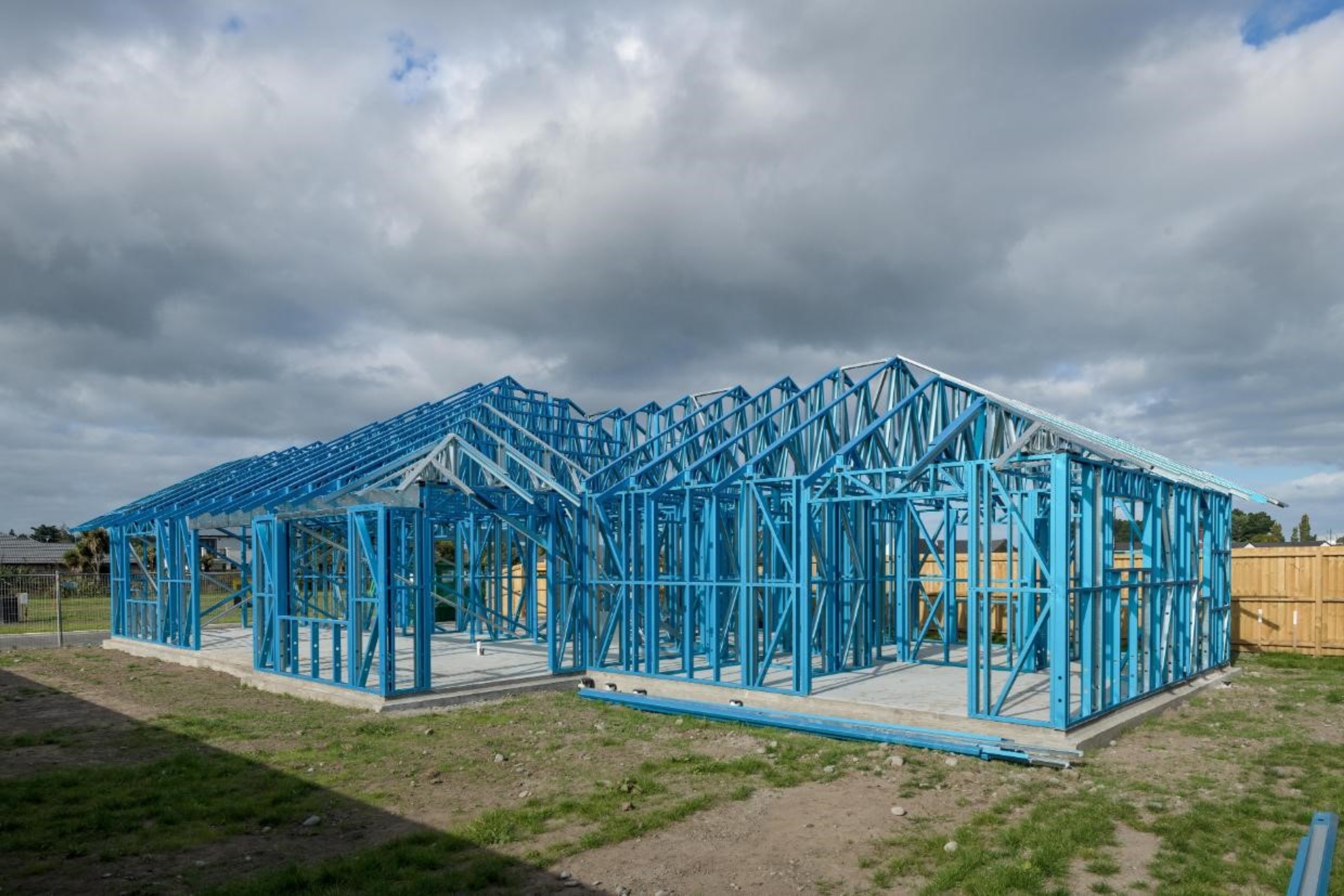
Steel-framed houses are becoming an increasingly popular option.
The New Zealand steel and concrete industries, represented by Metals NZ and Concrete NZ, welcome the signing of the declaration and the growing attention on embodied carbon in construction. Reducing emissions across all building materials is critical to aligning New Zealand’s built environment with climate goals.
The cement and concrete sector is committed to net zero carbon by 2050, as outlined in the 2023 Concrete NZ industry roadmap. Concrete producers are already making measurable reductions in carbon intensity through the use of low embodied carbon cement, cement substitutes, recycled aggregates, alternative fuels and electrification.
Concrete also brings key benefits that are vital to the future of construction in Aotearoa New Zealand. It is locally made, with around 94% of its materials – cement, aggregates, and water – sourced from within New Zealand. That anchors thousands of skilled jobs in towns and cities up and down the country, supporting regional economies and ensuring reliable supply.
Its affordability, resilience and adaptability make it a critical material for delivering safe, cost-effective housing and infrastructure that stands the test of time – especially in the face of climate change, natural hazards, and growing demand.
Whether it’s cyclone recovery in the Far North, flood protection in Hawke’s Bay, or seismic performance in Christchurch, concrete structures keep communities functioning and growing.
Simply put, concrete enables economic development – nationally and for every Kiwi household. From hospitals and highways to homes and schools, it provides the durable foundation upon which opportunity is built.
The New Zealand steel sector is similarly advancing its decarbonisation plans, with a national roadmap under development. New Zealand Steel is well advanced in a significant transition to change the way it makes steel. Once up and running, the electric arc furnace at the Glenbrook Steelworks will reduce annual greenhouse gas emissions by up to a megatonne (that’s one million tonnes,) with commissioning expected to start at the end of the year.
Better yet, it’ll do this by taking advantage of the infinitely recyclable nature of steel by melting more scrap to halve coal use. This major shift is good news for New Zealand’s scrap steel industry, providing the option for hundreds of thousands of tonnes of scrap to be repurposed locally rather than having to be shipped offshore to be recycled.
Similarly, many global steelmakers are also well on the decarbonisation journey, helping meet the needs of lower carbon construction.
R&D investment is critical to the next phase in the transition and the Ministry of Business, Innovation and Employment has joined forces with Victoria University of Wellington’s world-class Robinson Research Institute to evaluate a process that uses hydrogen – instead of coal – in primary steel making in New Zealand.
In what is a complex process, the hydrogen reacts with iron ore to form only water vapour, and hence the process has zero CO2 emissions.
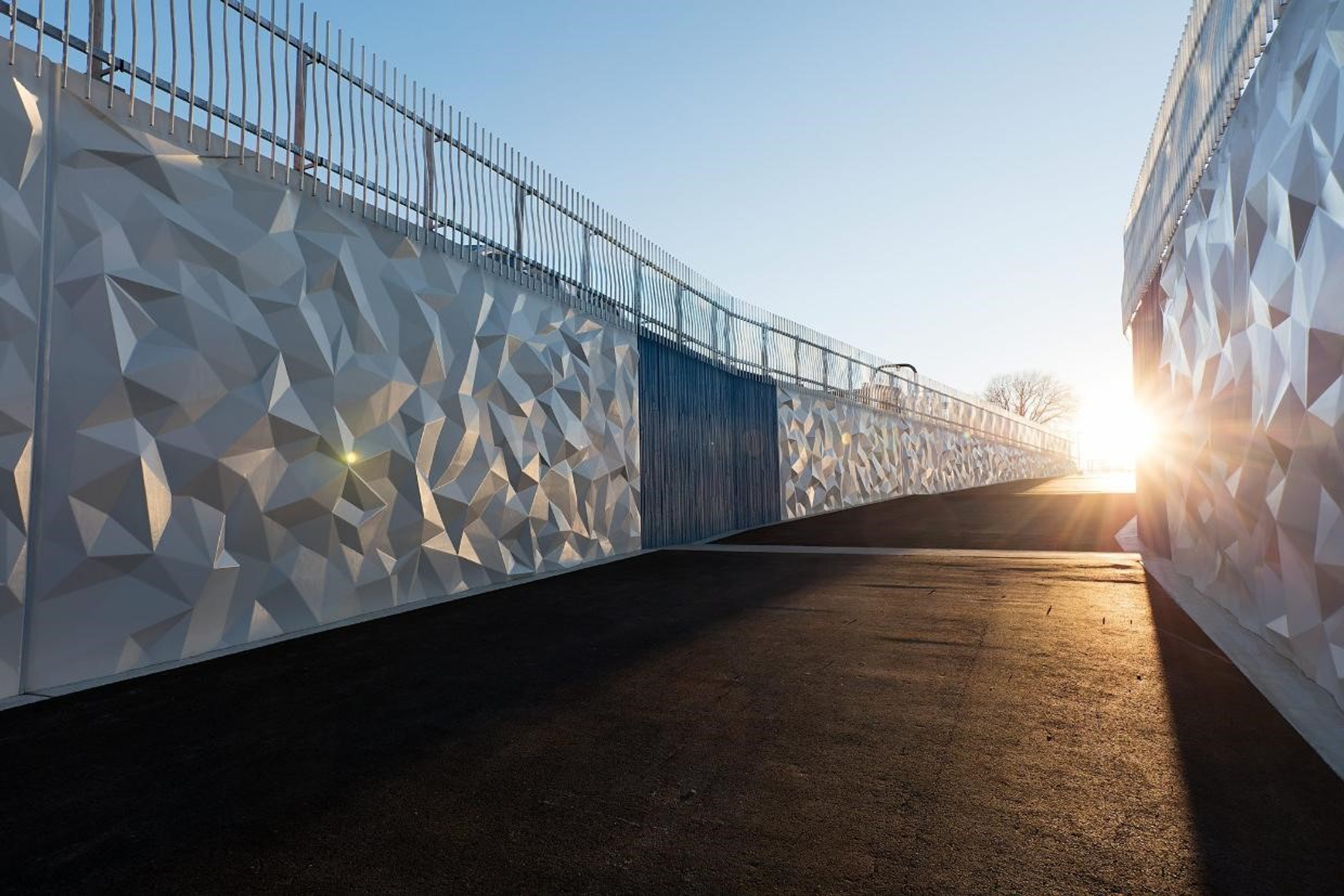
The Harewood underpass in Christchurch.
We believe the future of more affordable and low-carbon construction lies in integrated design, where materials are chosen for a specific purpose, by well-informed professionals, based on the full environmental and social cost.
Cross-sector collaboration is how we will build greener, more resilient buildings and communities.
The New Zealand concrete and steel sectors welcome the momentum created by the Déclaration de Chaillot and look forward to working with government, iwi, researchers, and industry partners to deliver more affordable construction options and a lower carbon future for Aotearoa New Zealand.






